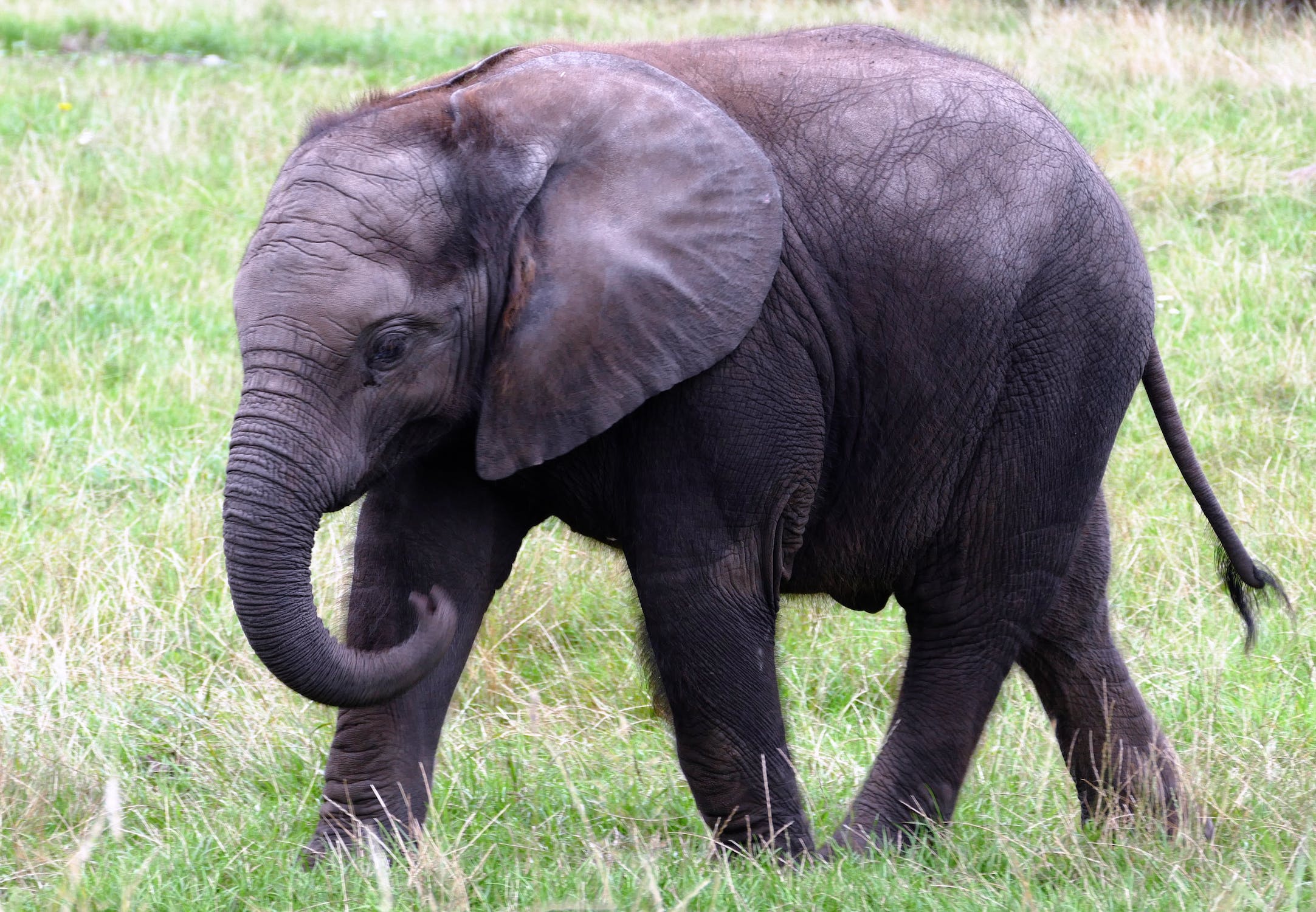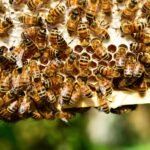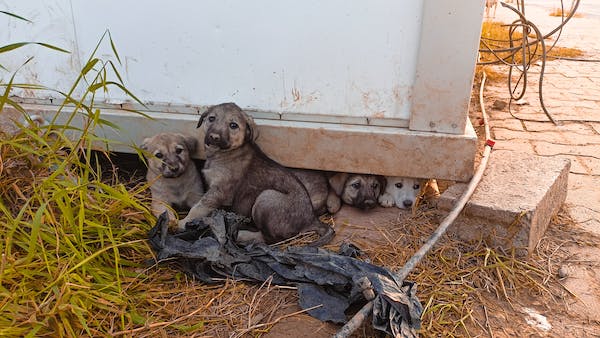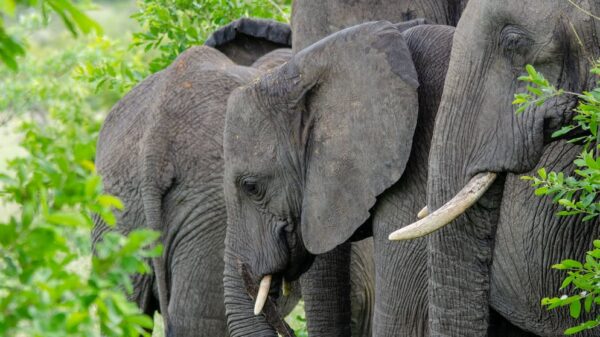Get ready to be amazed by the captivating world of elephants! These majestic creatures have always captured our interest with their sheer size and incredible intelligence. However, what’s even more fascinating is the intricate social lives they lead. From complex communication systems to close-knit family bonds, elephants are truly one-of-a-kind in the animal kingdom. In this blog post, we’ll dive deep into the world of these gentle giants and discover what valuable lessons we can learn from their social behavior. So buckle up and get ready for a wild ride as we explore The Intricate Social Lives of Elephants!
Introduction
Elephants are some of the most social creatures on the planet. They live in close-knit family groups, and they have an intricate system of communication. Studies of elephant behavior can teach us a lot about their social lives, and how we can learn from them.
Elephants live in family groups of around 10 to 20 individuals. The group is led by a matriarch, who is usually the oldest and most experienced female. The other members of the group are her daughters, granddaughters, and great-granddaughters. The males usually leave the group when they reach adulthood, but they often remain close by and will return to help with raising the young.
Elephants have an amazing capacity for memory and they never forget a face. They can recognize other elephants they haven’t seen in years, and they can even remember humans who have been kind or unkind to them. This memory allows them to maintain complex social relationships.
Elephants communicate using a variety of sounds, smells, and body language cues. They can convey a wide range of emotions, from joy to anger to grief. Their ability to communicate so effectively helps them to bond with each other and form strong social bonds.
We can learn a lot from elephants about building strong social relationships. Their close-knit family groups show us that family is important, and their intricate system of communication demonstrates the importance of effective communication in relationships. By studying these majestic creatures, we can
The Social Structure of Elephants
Elephants are highly social creatures, living in close-knit herds led by a matriarch. The size of the herd varies depending on the habitat, but typically consists of around 10 to 12 elephants. Within the herd, there are distinct social bonds and relationships between individuals.
Elephants form strong bonds with one another, and these bonds are essential for their survival. The social structure of elephants provides them with support and protection from predators, as well as access to resources such as food and water.
The social structure of elephants is also important for their cognitive development. Young elephants learn from observing and interacting with other members of their herd. This social learning helps them to develop the skills and knowledge necessary for survival in the wild.
Communication and Cooperation Among Elephant Herds
Elephants are social creatures that live in herds. The herd is led by a matriarch, who is usually the oldest and most experienced female. The rest of the herd consists of her daughters, granddaughters, and other related females. Males leave the herd when they reach puberty and live in bachelor herds or as solitary bulls.
Herds cooperate with each other in many ways. They often share resources such as food and water, and help each other care for young calves. When one herd is threatened by predators or humans, other herds will come to its aid.
Elephants communicate with each other using a variety of sounds, body language, and scent signals. They can also remember individual elephants they have met before, even after years apart.
The intricate social lives of elephants provide us with valuable lessons about cooperation, communication, and family bonds. By studying these magnificent creatures, we can learn more about our own place in the world.
Ecosystem Effects of Elephant Family Dynamics
When it comes to ecosystem effects, elephant family dynamics are extremely important. The social lives of elephants are very intricate, and they can teach us a lot about how to best manage our own ecosystems. Here are some of the things we can learn from these majestic creatures:
1. The importance of family bonds: Elephants have strong family bonds, which play an important role in their social lives. They use these bonds to protect and support one another, and this has a positive impact on the health of their ecosystem.
2. The need for space: Elephants require a lot of space to roam and explore. This helps them stay healthy and fit, and it also allows them to interact with other members of their species. This interaction is essential for the health of their ecosystem.
3. The importance of communication: Elephants use a variety of sounds to communicate with one another. This communication is essential for maintaining their social structure and for coordinating their activities within their ecosystem.
4. The need for cooperation: Elephants often cooperate with one another in order to achieve common goals. This cooperation is essential for the health of their ecosystem as it helps them to more efficiently use resources and avoid conflict.
Human Impacts on Elephant Social Structures
Humans have had a profound impact on the social structures of elephants. Through our hunting and poaching of these animals, we have disrupted their families and social groups, causing great distress and confusion. Elephants are highly social creatures that live in close-knit family units led by a matriarch. When a member of their family is killed or captured, they experience great sadness and grief. This can lead to changes in their behavior, such as becoming more aggressive or withdrawn. In some cases, elephants have even been known to commit suicide. Our actions have not only impacted the elephants themselves, but also the delicate balance of their ecosystems. As apex predators, elephants play an important role in maintaining the health of their habitats. By removing them from the equation, we are throwing these ecosystems into disarray. It is clear that we must change our ways if we are to coexist peacefully with these magnificent creatures.
How Humans Can Help Protect Elephant Social Structures
A recent study published in the journal Science Advances revealed some fascinating insights into the social lives of elephants. The study, conducted over a period of 10 years in Amboseli National Park in Kenya, found that elephants have a complex social structure that is similar to humans in many ways.
One of the most interesting aspects of the study was the finding that elephants form close bonds with each other and help each other out in times of need. For example, when an elephant is injured or ill, other elephants will come to its aid and help it recover. Because this kind of cooperative behavior is very rare in the animal kingdom and provides insight into the compassionate nature of these creatures.
The study also found that elephants grieve for their dead and show signs of stress when they are separated from their families. These findings underscore the importance of family bonds for elephants and highlight the need for conservation efforts to protect elephant social structures.
Humans can help protect elephant social structures by supporting conservation efforts that aim to preserve habitat and reduce human-elephant conflict, and they are responsible tourism practices that minimize disturbance to elephants can also help to protect these magnificent creatures. By working together, we can ensure that future generations will be able to enjoy the company of these amazing animals.
Conclusion
As we have seen, elephants lead incredibly complex social lives that can teach us a lot about our own. Because from the matriarchal societies they form to their deep bonds with each other and their incredible memories, these majestic creatures display an intelligence and empathy that is truly remarkable and by studying them further, we may be able to learn more about ourselves and gain insight into what makes us so unique as a species.










